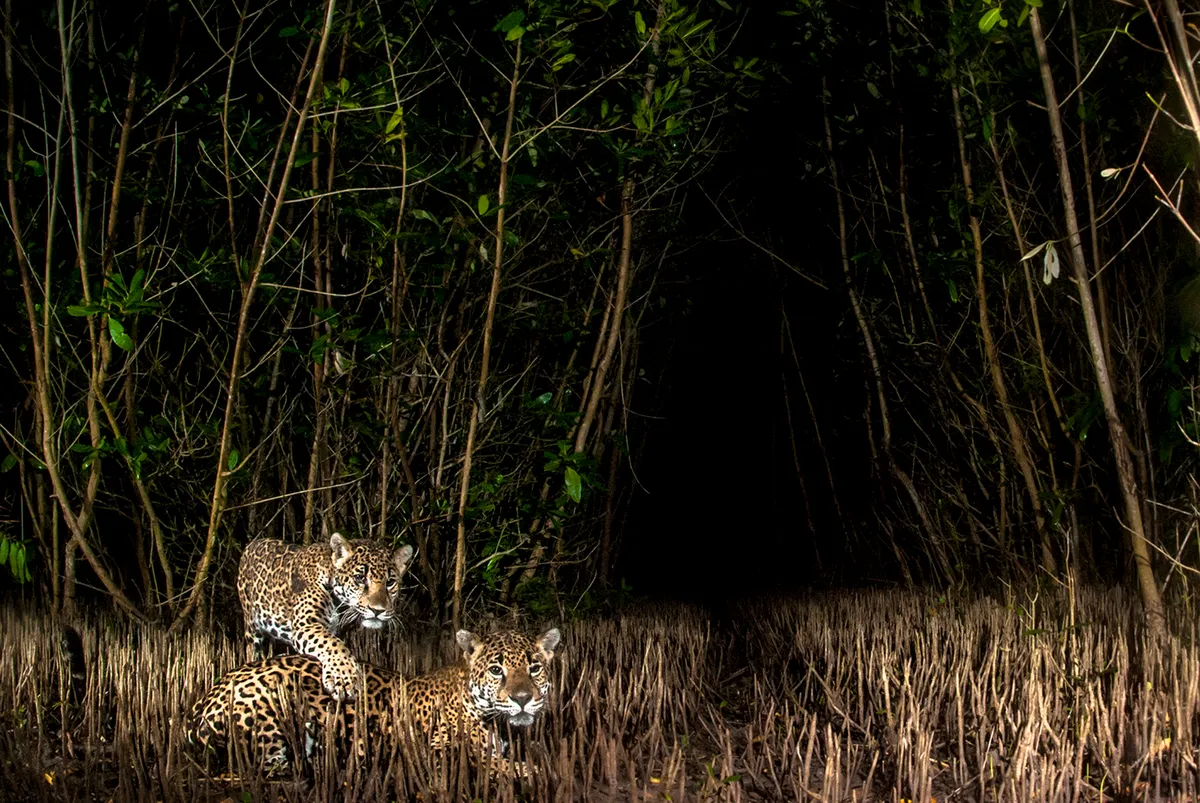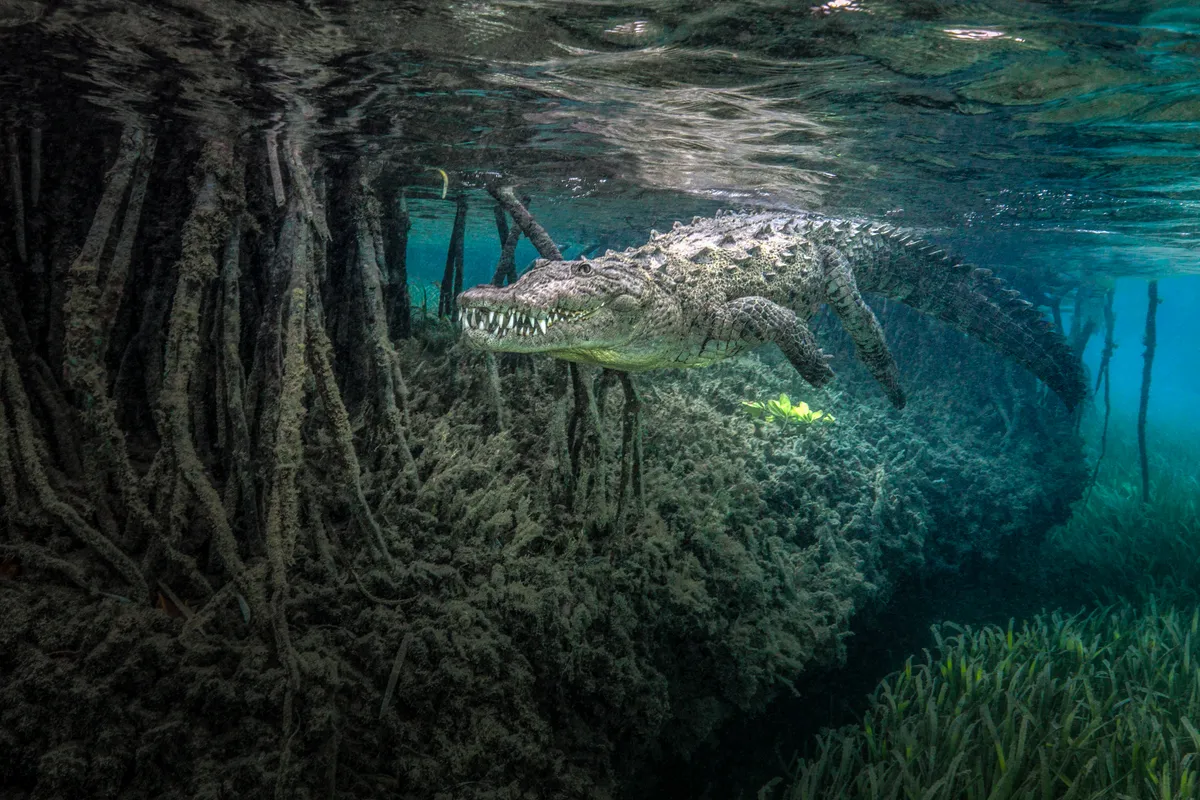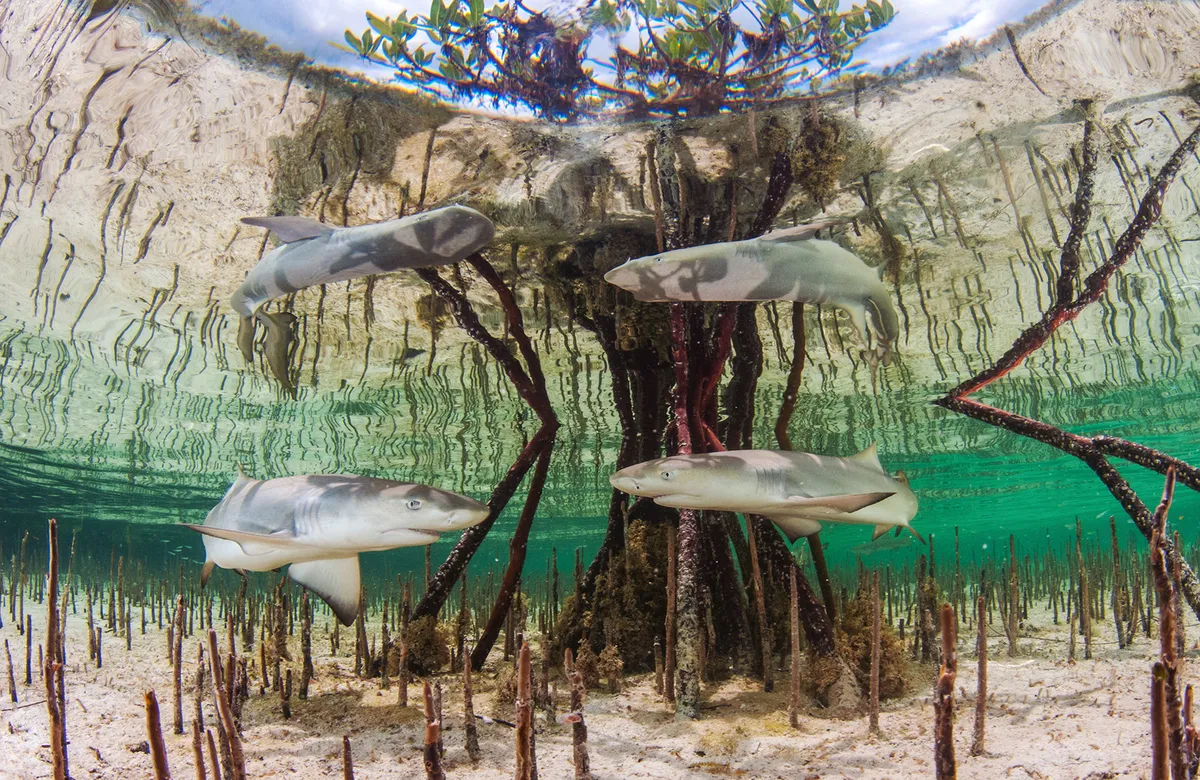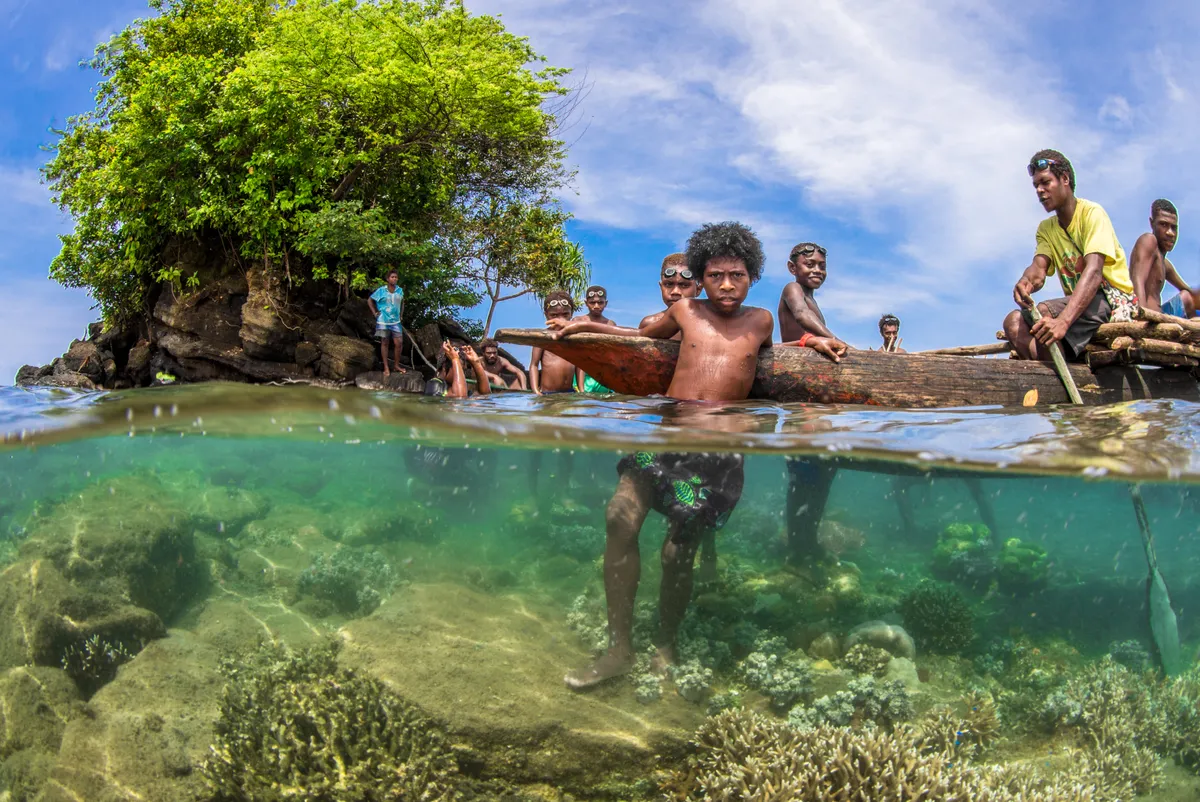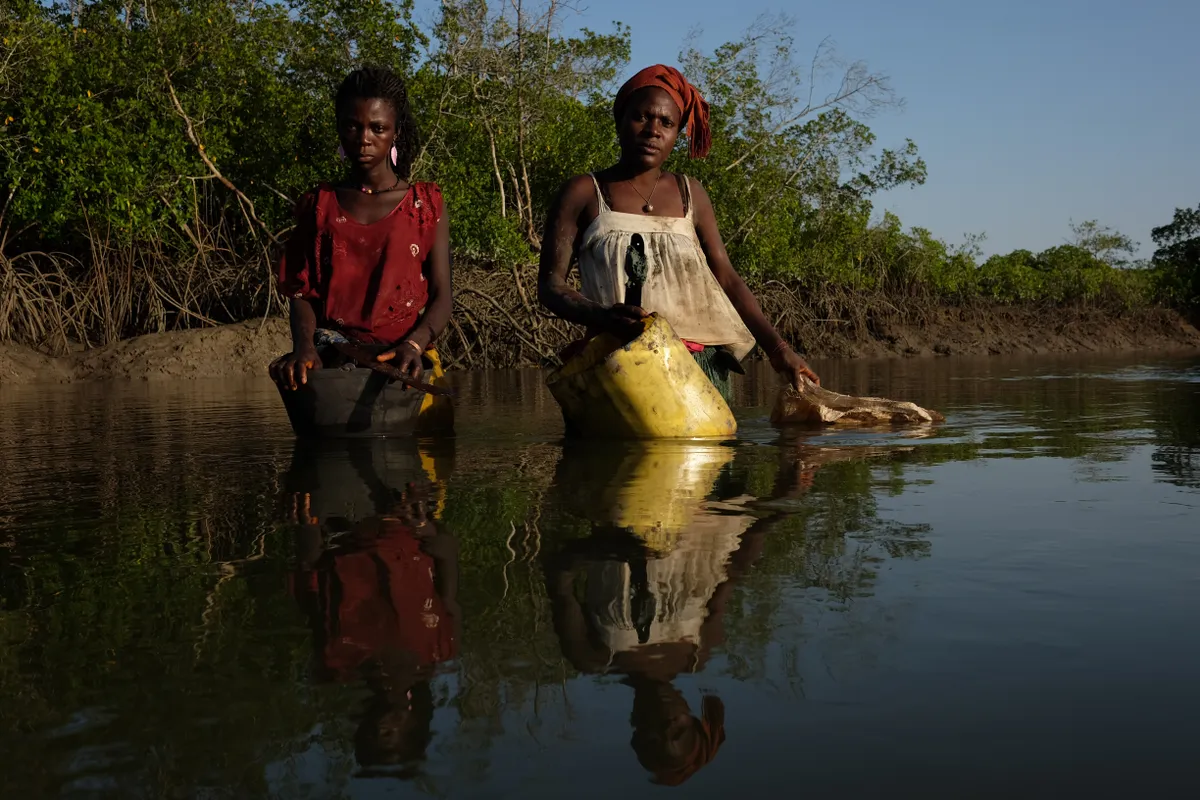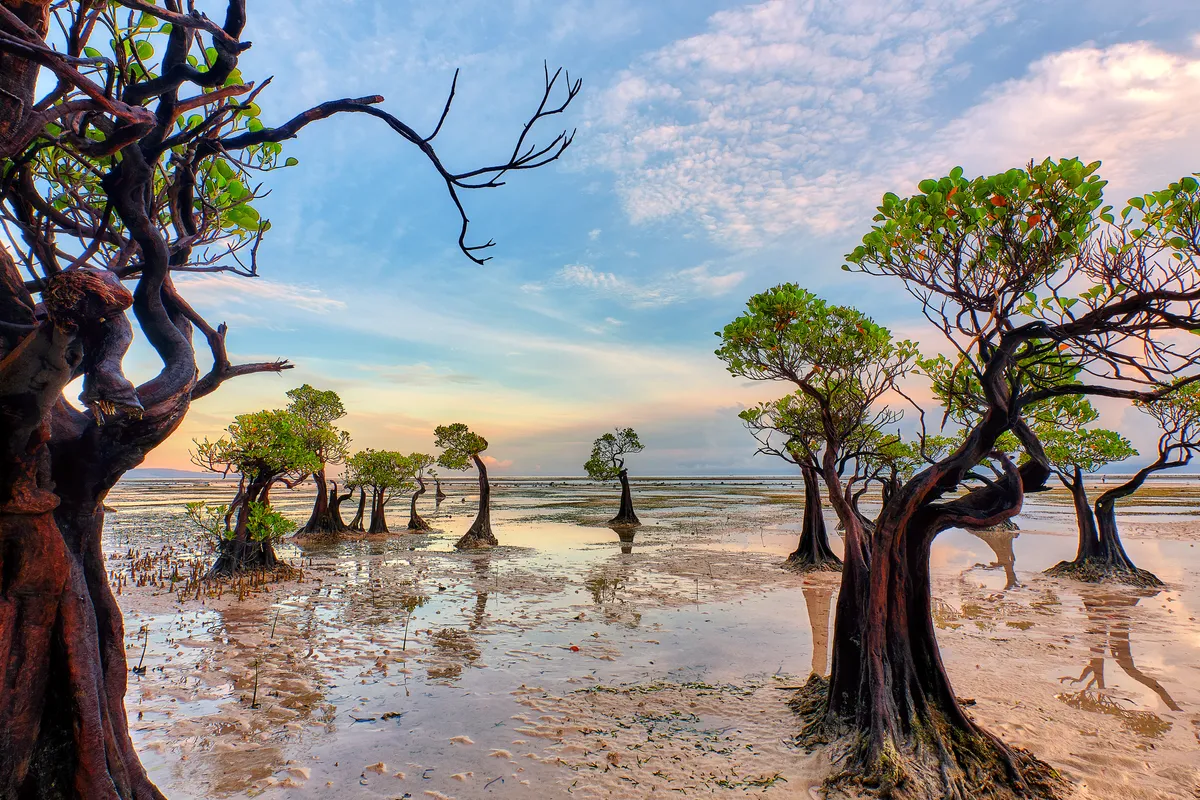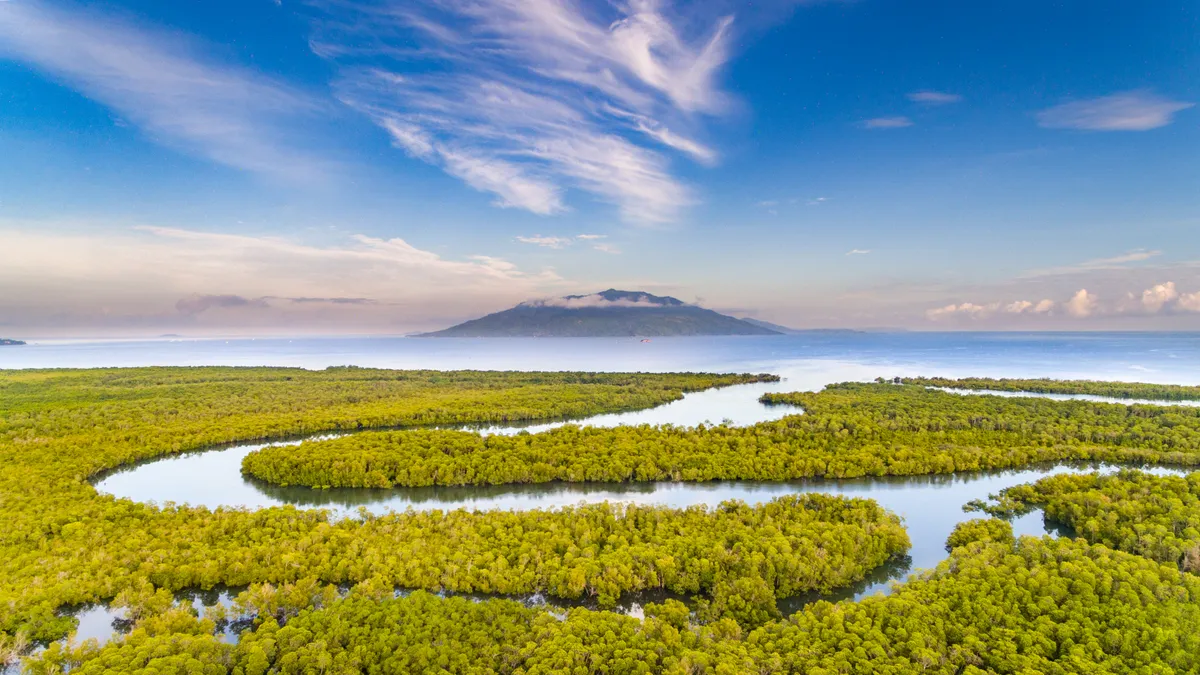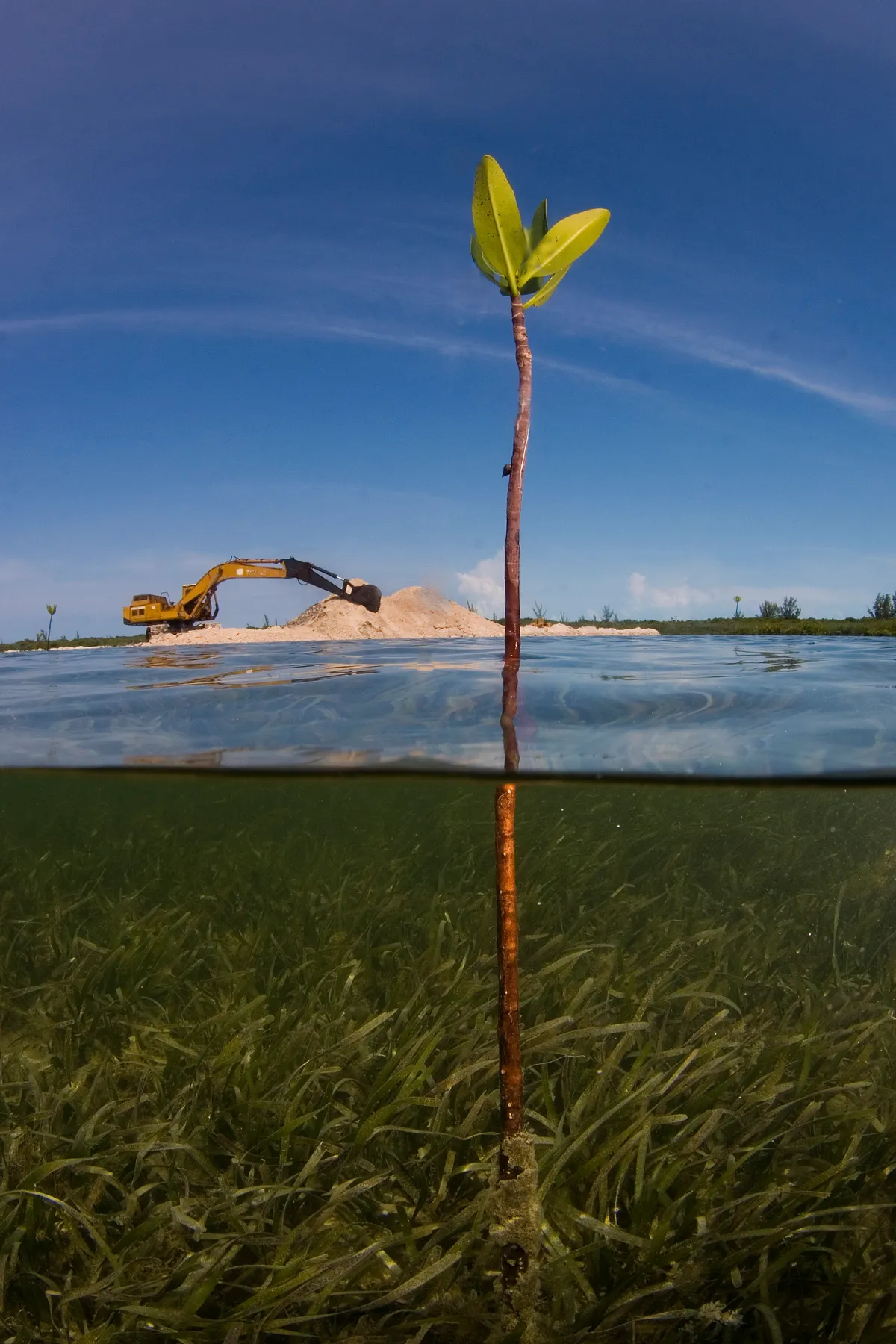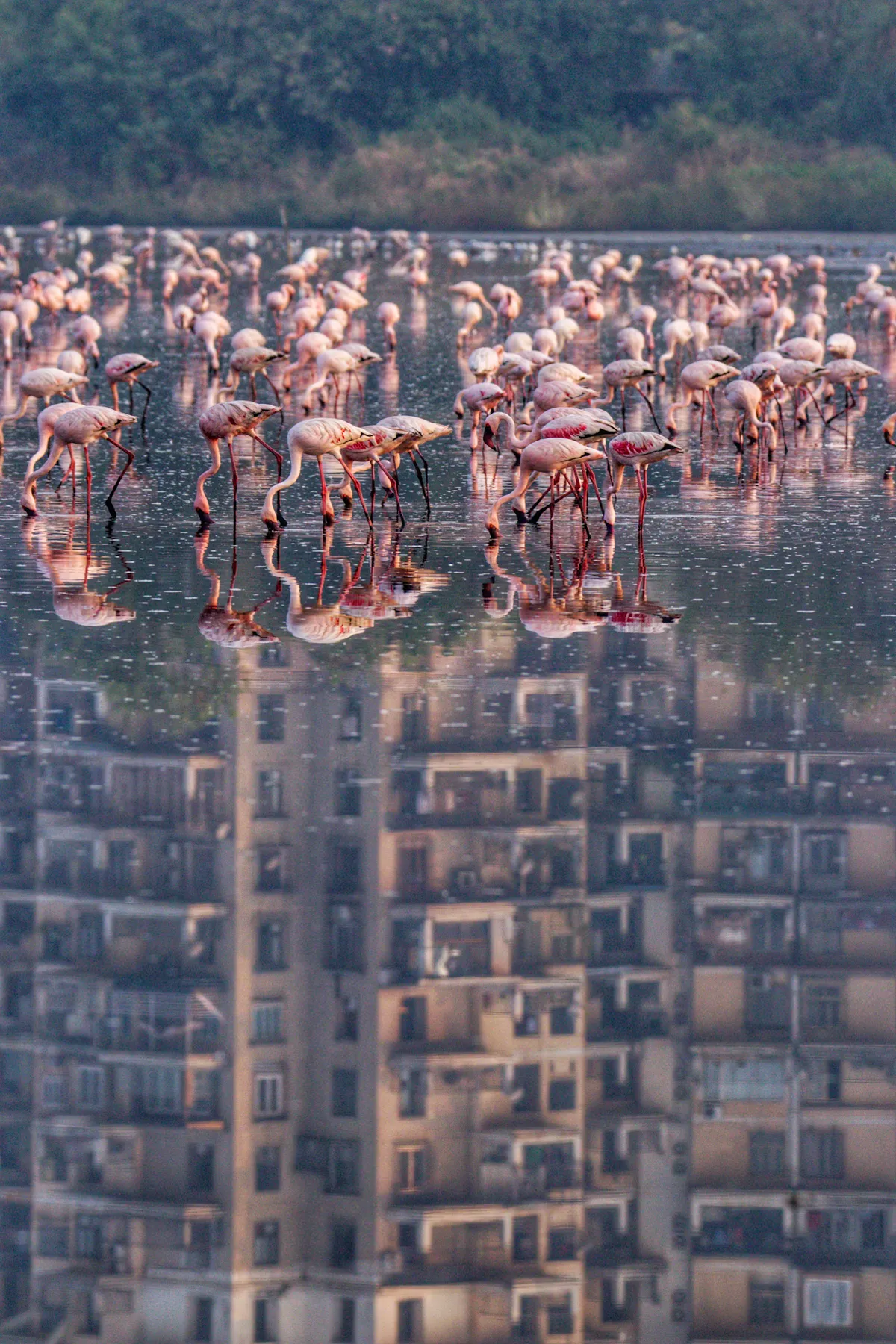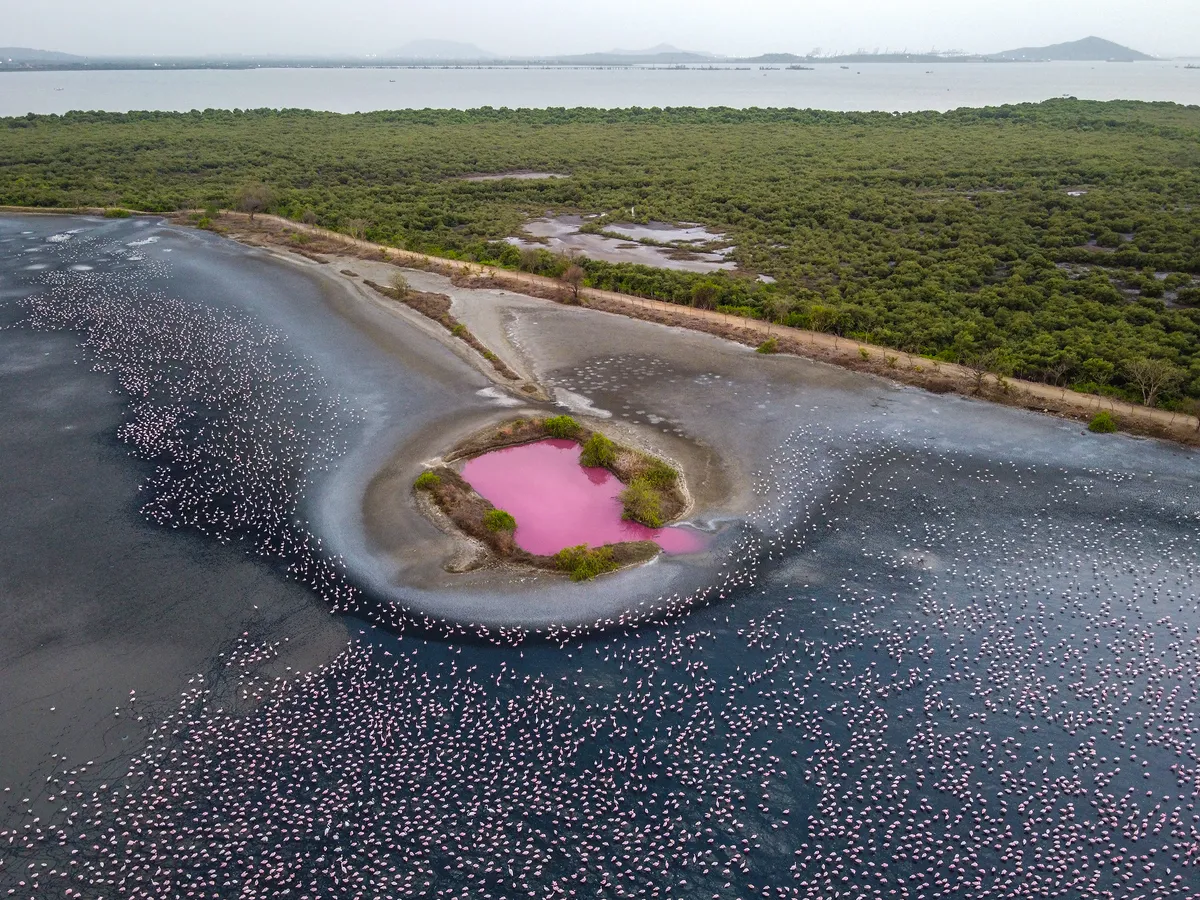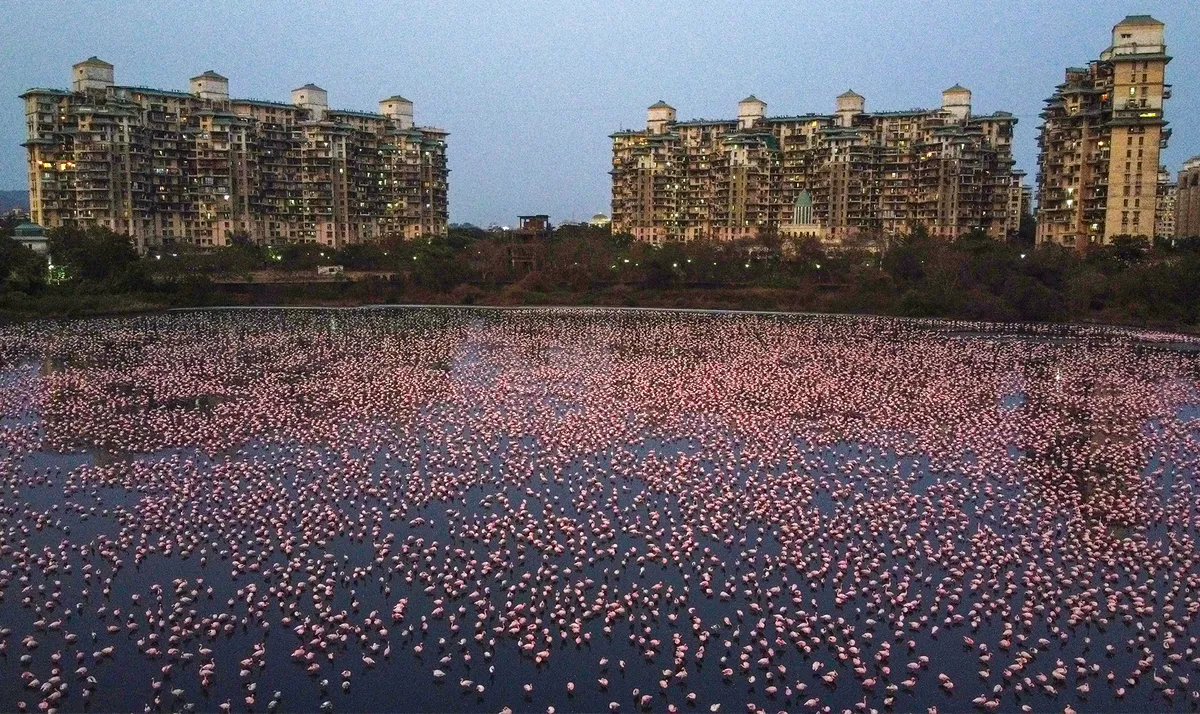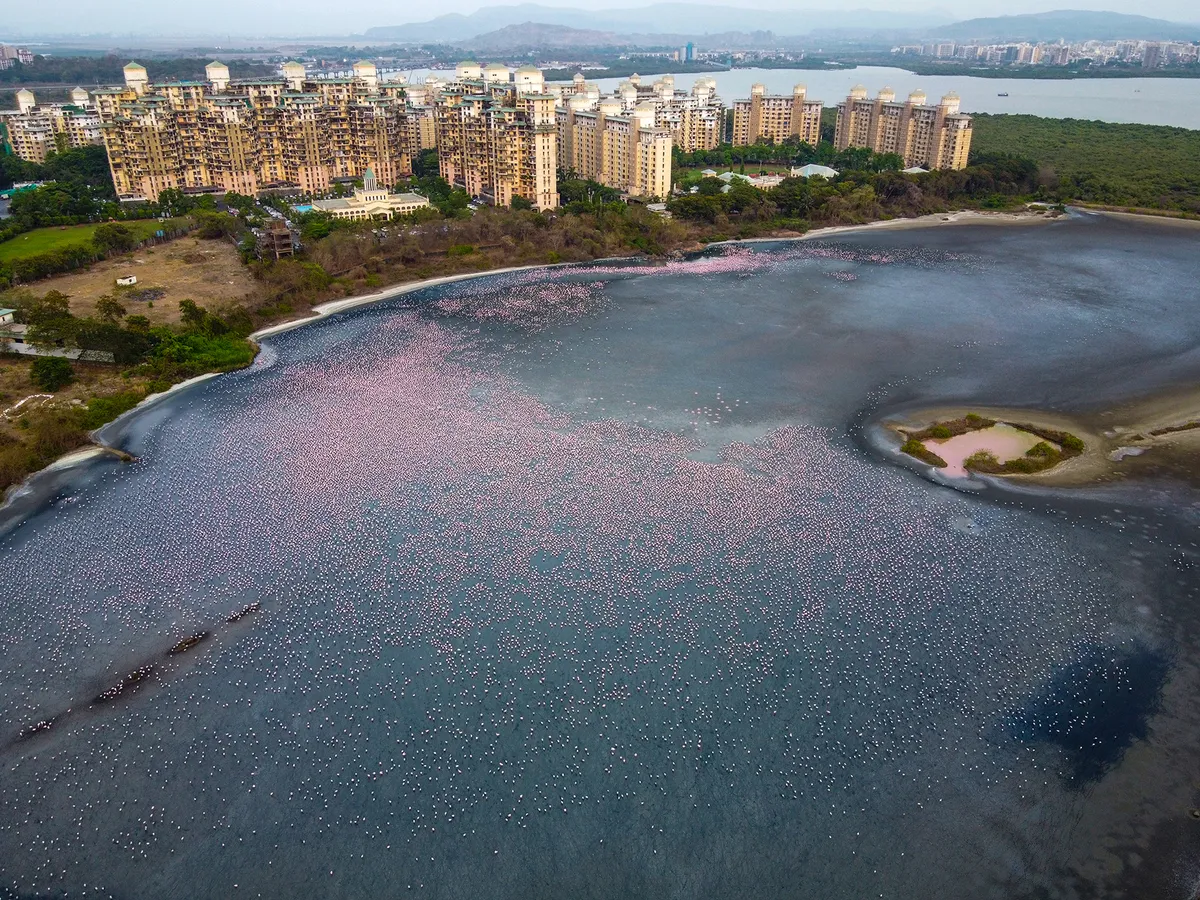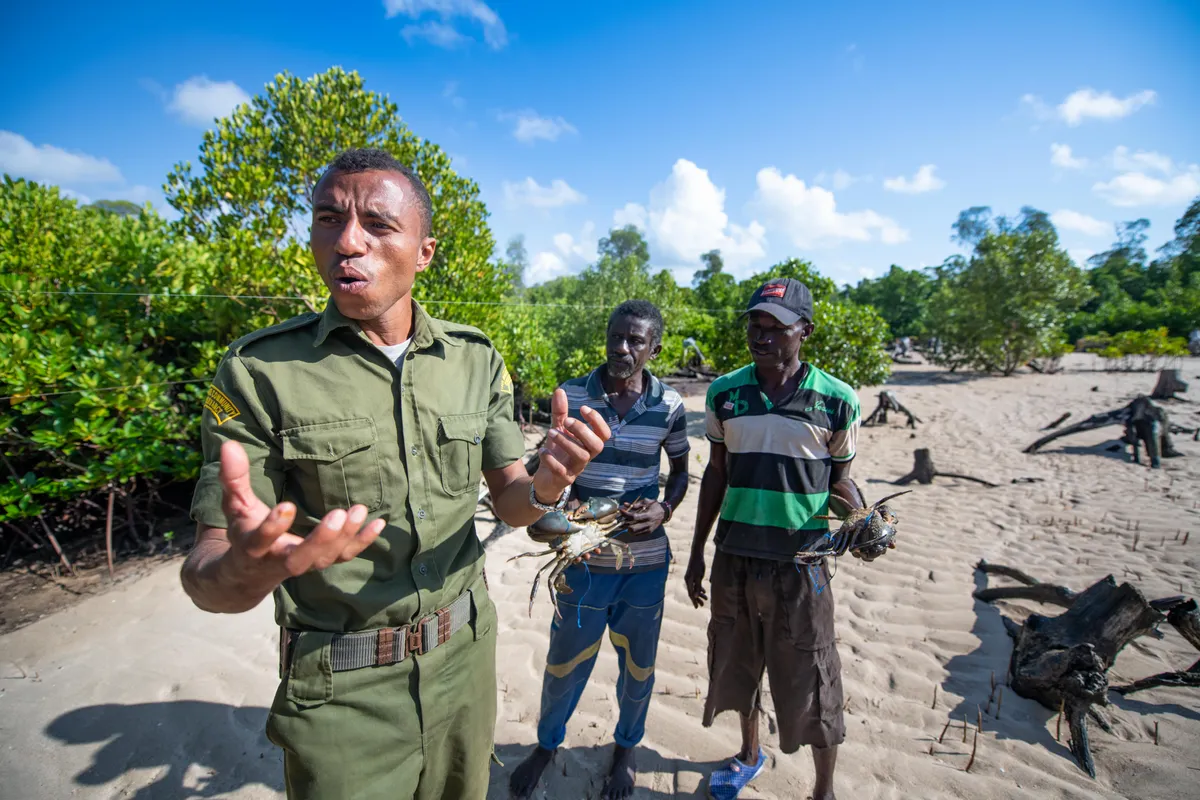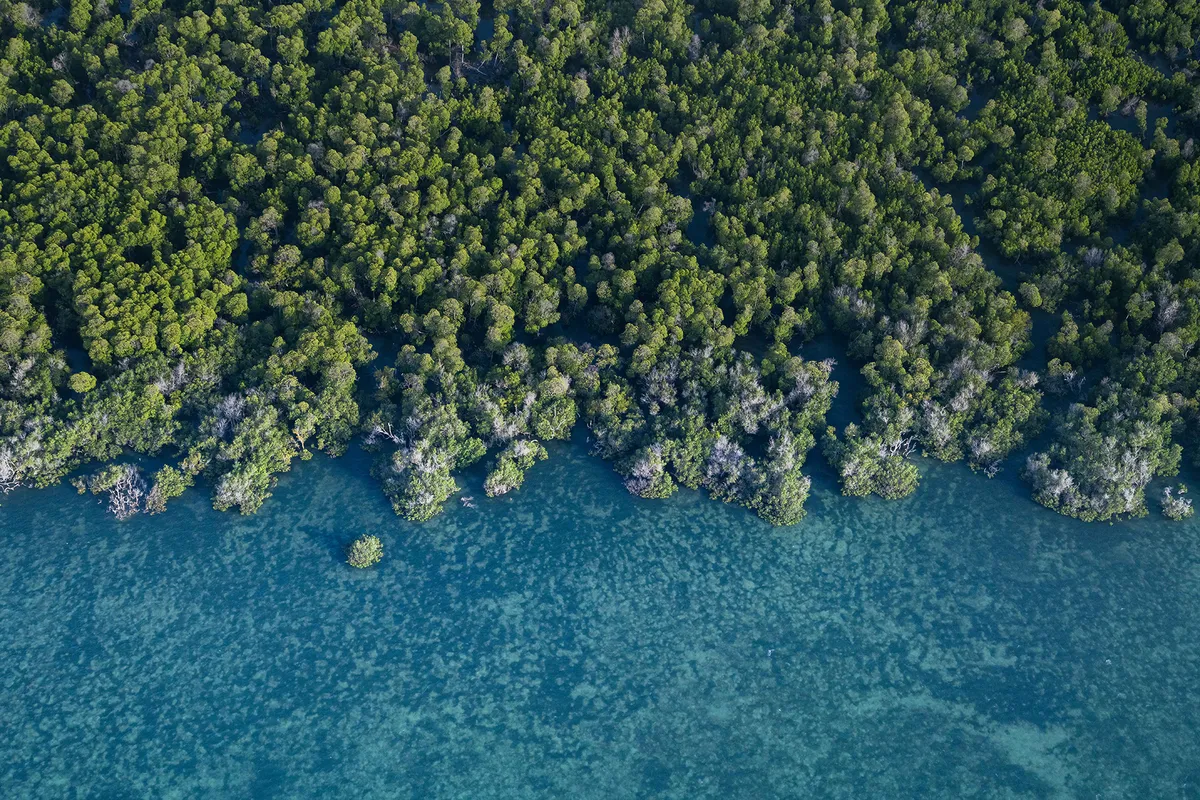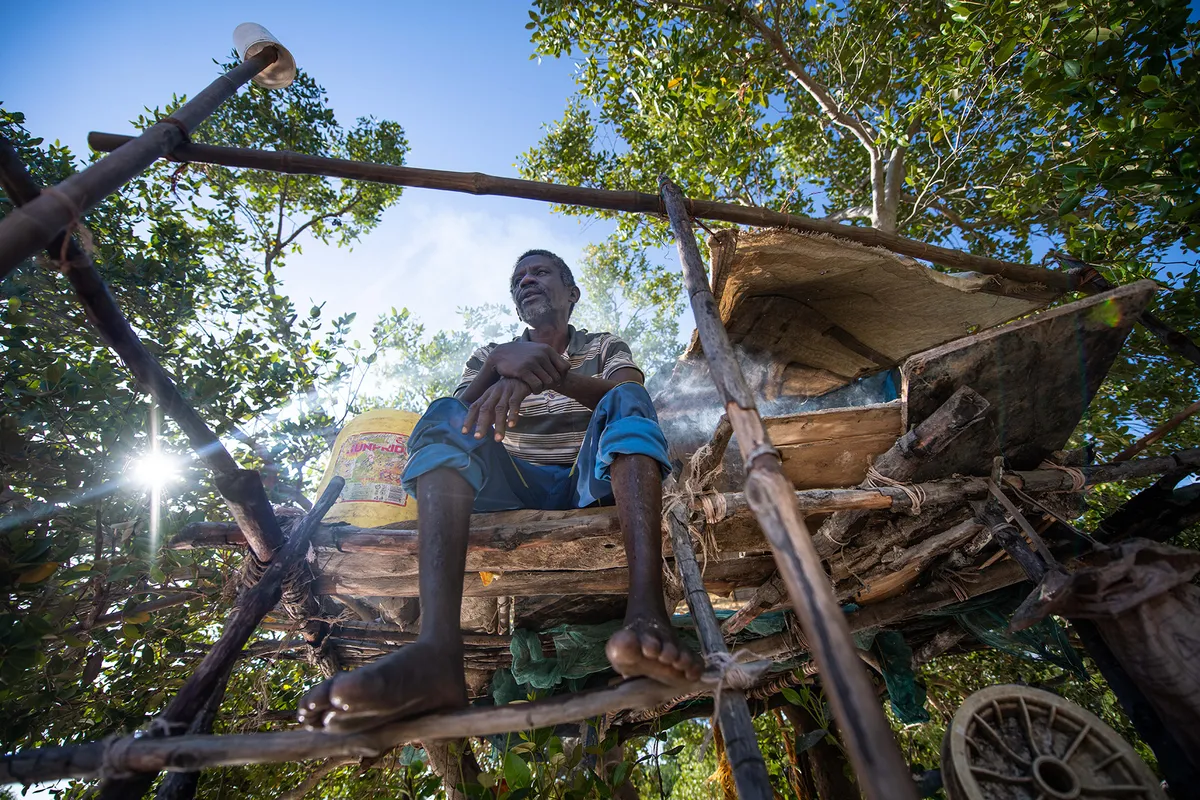About the competition
The Mangrove Photography Awards 2020 gives a fascinating insight into the world of mangroves from all corners of the earth. Entries capture the relationships between wildlife, coastal communities, and mangrove forests, as well as the fragility of these unique ecosystems from both above and below the waterline.
The sixth year of the competition included some special judges; Cristina Mittermeier, Steve Winter, Octavio Aburto, and Jennifer Hayes.
“The Mangrove Photography Awards offers a chance for photographers to raise their voices for the protection of one of the most critical and threatened ecosystems”, says Cristina Mittermeier. “Through impactful imagery and visual storytelling, we can rally people to action, sparking empathy and connection to our natural world.”
The contest received over a thousand entries with some extraordinary images showing the tallest mangroves of Ecuador, inspiring underwater worlds, fly-over aerials, majestic and endangered wildlife, and a passion to restore a more balanced world.
Find out more about the Awards and view even more photographs on the competition website .
To view the images as a slideshow, click on the arrows in the top right hand corner of the photos below.
Overall Winner Once Again Being a Mother: Jaguars in mangroves: a relationship rarely seen. This mother named “Janis” in an intimate moment with her cub, is a mangrove resident and has reproduced at least three times. Research teams have monitored jaguar populations in mangroves in Nayarit, western Mexico. © Victor Hugo Luja Molina, Mexico Winner of Mangroves & Wildlife Welcome Grin: A beautiful and powerful animal, an American crocodile in his home; the mangroves of Jardines de la Reina, Cuba. © Jenny Stock, Cuba Runner-up of Mangroves & Wildlife Lemon Pups: Juvenile lemon sharks in Bimini using mangrove-fringed lagoons and creeks as nurseries. © Anita Kainrath, Bahamas Winner of Mangroves & Communities Coastal Community: Local boys gather in front of a small mangrove-associated outcropping along the coast of Papua New Guinea. Coastal ecosystems here rely on a community-based system of conservation and protection; the local people value their ecosystems and protect them as such. © Morgan Bennett-Smith, Papua New Guinea Runner-up of Mangroves & Communities Environmental Balance in the Bijagos: A portrait of Ndira and Teresa of the Bijagos community in Guinea-Bissau, West Africa, who are part of a women's group who wade through water amidst the mangroves during low tide to look for oysters. The oysters are then sold or sometimes used in traditional ceremonies. © Ricci Shryock, Guinea-Bissau Winner of Mangroves & Landscapes The Dancing Mangroves: A unique mangrove sunset scene along Walakiri Beach in East Sumba, Indonesia where the trees sway across a stretch of white sand. © Harry Pieters, Indonesia Runner-up of Mangroves & Landscapes Mangroves from the Air: The mangroves and meandering rivers of northwest Madagascar from the air in early morning light, with the dramatic, volcanic island of Nosy Komba in the background. © Chris Scarffe, Madagascar Winner of Mangroves & Landscapes Mangrove & Bulldozer: I took this split shot of a sand spit being built across a shallow lagoon. By the next day the mangrove shoot pictured was buried under piles of fill. This development had no building permits and is indicative of how projects can move forward and do damage without any legal authority. © Matthew Potenski, Bahamas Runner-up of Mangroves & Landscapes The Real ‘Man Vs Wild’ aka ‘Live and Let Live’: The remaining mangroves in Mumbai are under threat. Here flamingos are seen feeding in a wetland with the reflection of the buildings, a grim testimony of the struggle and loss of habitat these birds are facing. © Vidyasagar Hariharan, India Winner of Mangroves & Conservation Sea of Pink: With reduced human activity this year, a record number of flamingos made the journey across to Mumbai, India. Talawe Wetlands was given an extra pink spectacle after microscopic algae and bacteria mixed with the rising humidity and turned parts of the water pink. © Pratik Chorge, India Sea of Pink: With reduced human activity this year, a record number of flamingos made the journey across to Mumbai, India. Talawe Wetlands was given an extra pink spectacle after microscopic algae and bacteria mixed with the rising humidity and turned parts of the water pink. © Pratik Chorge, India Sea of Pink: With reduced human activity this year, a record number of flamingos made the journey across to Mumbai, India. Talawe Wetlands was given an extra pink spectacle after microscopic algae and bacteria mixed with the rising humidity and turned parts of the water pink. © Pratik Chorge, India Runner-up of Mangroves & Conservation Rangers and Fishermen on Pate Island: Rangers on Pate Island, Kenya, are tasked to patrol the mangrove areas for illegal mangrove logging. ‘We as crab fishermen, we couldn’t fish here because the illegal loggers used to be here. But the PMCC (Pate Marine Community Conservancy) rangers have chased them away so we can catch crabs again.’ © Roshni Lodhia, Kenya Rangers and Fishermen on Pate Island: Rangers on Pate Island, Kenya, are tasked to patrol the mangrove areas for illegal mangrove logging. ‘We as crab fishermen, we couldn’t fish here because the illegal loggers used to be here. But the PMCC (Pate Marine Community Conservancy) rangers have chased them away so we can catch crabs again.’ © Roshni Lodhia, Kenya Rangers and Fishermen on Pate Island: Rangers on Pate Island, Kenya, are tasked to patrol the mangrove areas for illegal mangrove logging. ‘We as crab fishermen, we couldn’t fish here because the illegal loggers used to be here. But the PMCC (Pate Marine Community Conservancy) rangers have chased them away so we can catch crabs again.’ © Roshni Lodhia, Kenya 